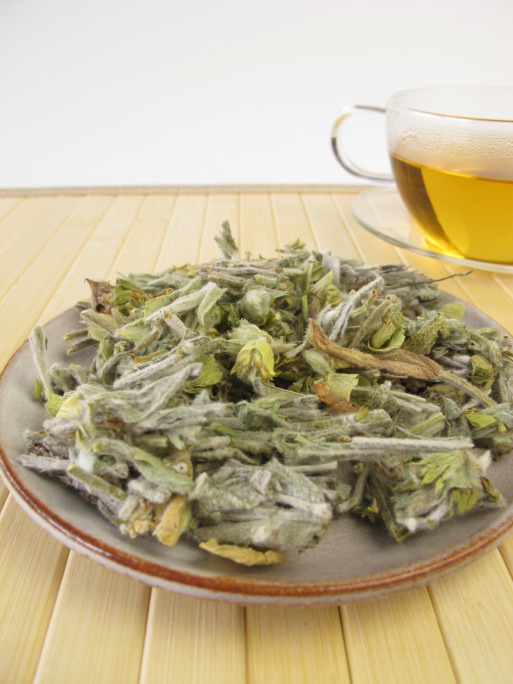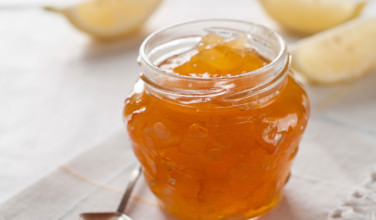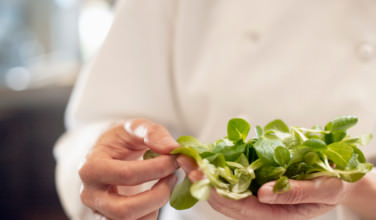What is Greek Tea?
Comments Off on What is Greek Tea?
 Herbs grow abundantly in the Greek countryside, perfuming the air with their aromas. Villagers, baskets in hand, wander from one cluster of herbs to the other, picking those that interest them. The people disperse to their homes and use each herb that they pick for their intended purpose. Some are used in cooking, while others are made into tea. In fact, teas serve a dual purpose. Most of them are drunk for pleasure, but they also have medicinal properties.
Herbs grow abundantly in the Greek countryside, perfuming the air with their aromas. Villagers, baskets in hand, wander from one cluster of herbs to the other, picking those that interest them. The people disperse to their homes and use each herb that they pick for their intended purpose. Some are used in cooking, while others are made into tea. In fact, teas serve a dual purpose. Most of them are drunk for pleasure, but they also have medicinal properties.
Note that it is somewhat uncommon for the Greek people to drink the same tea as us. Black, green, and oolong tea are all come from the Camellia sinsensus plant and are commonly considered to be the standard when it comes to tea in other parts of the world. In fact, when we ask for “tea” the standard black tea from the Camellia plant is what we’re referring to. Not so in the Greek language. In fact, when ordering a “tea”, or “tsai”, in Greece, it’s quite likely that you’ll end up with a steaming cup of chamomile tea. However, this is changing somewhat because of tourism, so it’s best to be specific about what kind of tea you really want when ordering at a restaurant.
Here are some of the most common teas that the Greek people drink on a regular basis:
Chamomile
 Most often, chamomile is the tea people in Greece when you order a “Greek tea” or just a “tea” in a restaurant in Greece. Referred to as “camomila” in the Greek language, this tea is as popular as it is common. Chamomile, with its daisy like flowers, grows prolifically throughout the Greek countryside.
Most often, chamomile is the tea people in Greece when you order a “Greek tea” or just a “tea” in a restaurant in Greece. Referred to as “camomila” in the Greek language, this tea is as popular as it is common. Chamomile, with its daisy like flowers, grows prolifically throughout the Greek countryside.
On any given day, you’ll see plenty of people picking the fresh chamomile blooms. They’ll take them home, dry them, and leave them in glass jars on their countertops. In fact, most of us will remember that at least one of our relatives from Greece would have a glass jar filled with chamomile flowers at home.
Whatever complaint we had, whether it was a broken heart, fever, stomachache, insect bite, or even insomnia, someone would give us a cup of chamomile tea. It was regarded as a cure-all, but it was all too easy to consider it more of a placebo than anything, especially since the brew tastes so mild. However, look in any published medical, and you’ll see that most of the lore surrounding this herb is actually true.
Mountain Tea
 Mountain tea, also called ironwort or Sideritis, grows prolifically throughout Greece. There are several varieties of this plant, all of which are commonly picked, dried, and turned into a tasty tea. Like chamomile, it is regarded as a cure-all. The flavor is a little more intense than chamomile’s, but is still regarded as being floral and somewhat sweet. Unlike chamomile, it has a bit of an earthy character, as if it was hewn out of the Greek mountains themselves.
Mountain tea, also called ironwort or Sideritis, grows prolifically throughout Greece. There are several varieties of this plant, all of which are commonly picked, dried, and turned into a tasty tea. Like chamomile, it is regarded as a cure-all. The flavor is a little more intense than chamomile’s, but is still regarded as being floral and somewhat sweet. Unlike chamomile, it has a bit of an earthy character, as if it was hewn out of the Greek mountains themselves.
It’s particularly valued as a tea that can help the immune system, especially during cold and flu season. When I asked once at a Greek store here in the United States what it was used for, the shopkeeper said that it is one of the most common remedies in Greece for colds, respiratory complaints, and the flu. However, it is also used for digestive complaints – but she was quick to point out that chamomile is a little more common for digestive problems. She said both teas are simply delicious and are also ultra-traditional.
Greeks do drink other herbal teas. They also drink teas made from sage leaves, olive leaves, penny royal, and scented geranium. These herbs also grow wild throughout Greece. Also, thanks to tourism, green and black tea has risen in popularity.
Categorized in: Greek Cooking
This post was written by Greek Boston
Share this Greek Cooking Article:





